How to prevent skin hyperpigmentation caused by sun damage
Though awareness of UV dangers is gradually increasing, statistics from Cancer Research say that about 1 in 5 of us do not properly protect our skin from UV rays, despite sun exposure being the number one cause of skin damage across the UK.
Sun exposure, as we have discussed before, is the number one cause of hyperpigmentation which usually appears on your forehead, around the lips, noes, and cheeks. These areas are the most susceptible to sun damage and often burn when exposed to the sun.
Luckily there are things you can do to prevent harmful skin hyperpigmentation — we’ve listed some of the best ones below!
Apply sun protection on cloudy days
It can be very easy to underestimate the power of the UV rays through cloud – and in fact, few people apply sun protection when it’s cloudy according to Cancer Research. Just 26% of people in the UK said they would apply sun protection on a cloudy day between April and September.
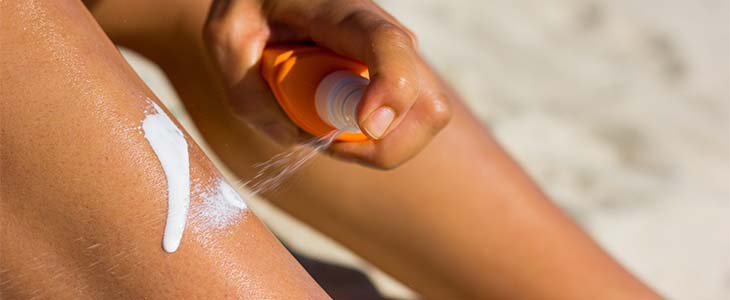
In fact, UV rays can pass through light clouds, which means during summer months, it’s still a good idea to apply sun protection 15-minutes before going out.
If you want additional advice or to know what level UV rays are at today check out, the Met Office’s UV index before heading out.
Cover up your skin
If you want to enjoy the sun and prevent harmful skin pigmentation the simplest way is also the easiest – it’s just a matter of covering up. A wide brimmed hat or other covering can easily protect your neck and face, while a pair of sunglasses with 99 to 100 percent UV protection for both UVA and UBV rays that screen at least 75% of visible light. Most sunglasses will say on the tag or frame which type of UV rays it blocks.
Once you have a hat and sunglasses consider wearing clothing to completely cover your arms and legs. There are plenty of on trend styles right now for men and women that look amazing and offer better protection from the sun.
Choose the right SPF
When it comes to suncream, always choose an SPF of at least 30 or higher. For those with lighter skin we recommend SPF 50; a broad-spectrum variant which filters out UVA and UVB rays. (There’s a lot of debate over what type of SPF is the best for each skin type, so it’s also a good idea to do your own research about what’s best for you!)
Most pharmacies, health and beauty retailers, and supermarkets carry a broad range of sunscreens with varying levels of UVA and UBV protection. Be sure to read the label before purchasing!
Another good bit of advice is to apply often. One of the biggest mistakes people make when out in the sun is applying it at the start but not throughout the day. In order to avoid this, it can be helpful to set a timer or alert on your phone which matches the recommendations on the specific sunscreen bottle — generally once every few hours.
Still seeing the effects of skin pigmentation and discolouration?
Even if you’ve been following all the tips above, you might still find your skin suffering from the effects of sun spots and hyperpigmentation! This is because it can take 10 to 20 years before the appearance of sun damage makes it way to the surface.
However, here at AP Skincare, we offer several treatments for light or dark skin, which can reduce the appearance of skin discolouration and hyperpigmentation caused by the sun.
Each of our experts has years of experience behind them, and we tailor each of our plans to the individual, to maximise the results for you. To book a free consultation, give our treatment centre a call on 01254 297 000, or book online!

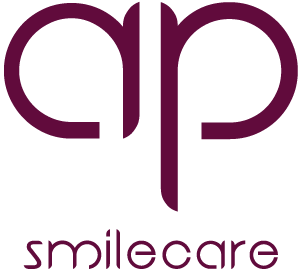
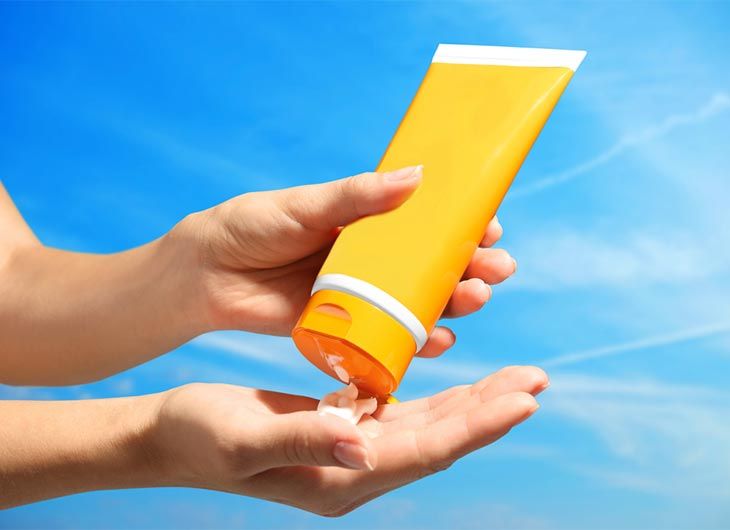





 Dentures
Dentures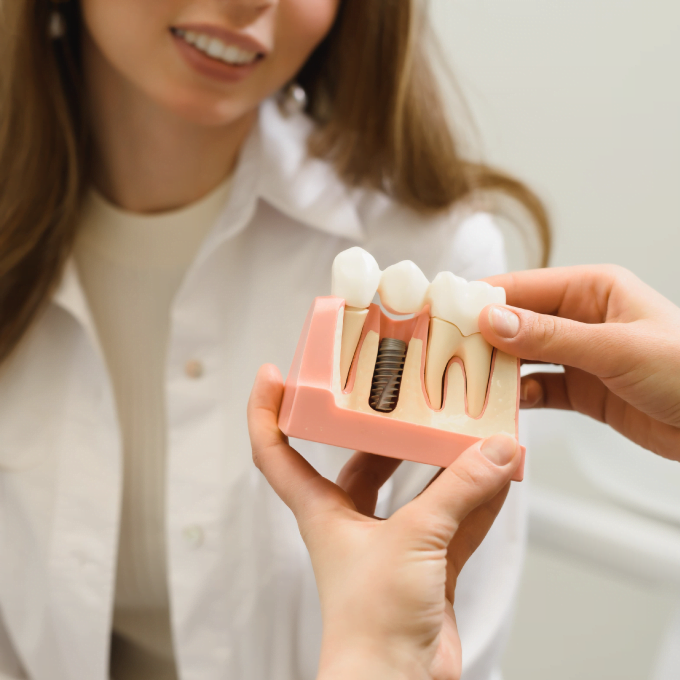
 Dental Implants
Dental Implants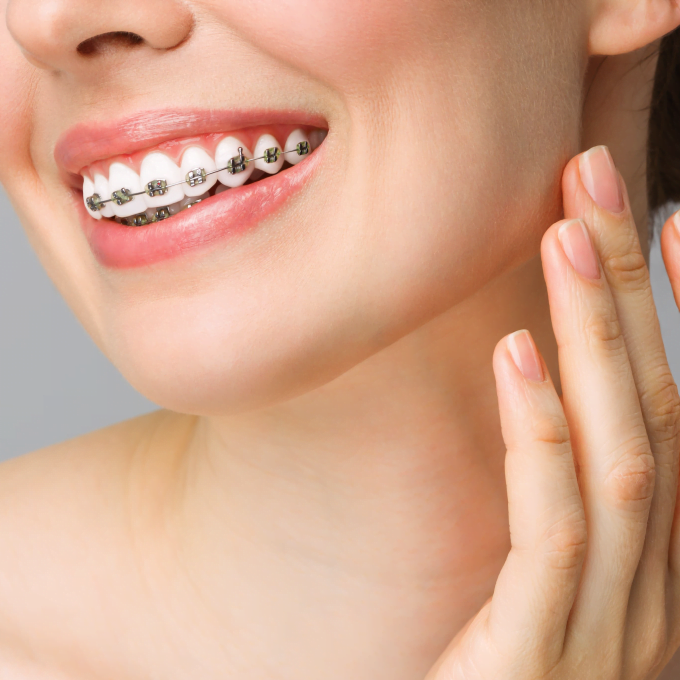
 Braces
Braces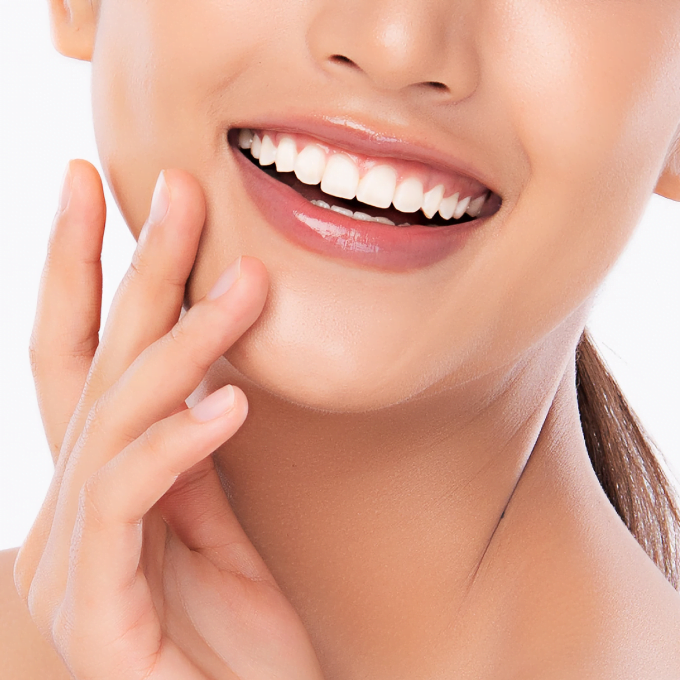
 Teeth Whitening
Teeth Whitening
 Smile Makeover
Smile Makeover